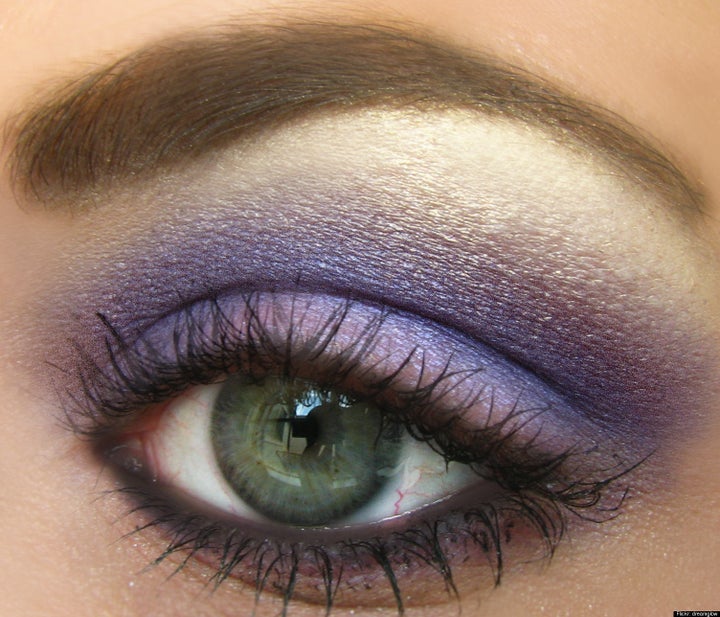
This morning I relied on a dozen grooming and beauty products to help me
face the day.
I used soap, shampoo and conditioner in the shower, and gel
and mousse when I dried my hair. I slathered on moisturizer and dabbed my
face with sunscreen. I applied foundation, blush and eye shadow. I rolled
on deodorant. And I used toothpaste, of course, when I brushed my teeth.
Adults in the United States use an average of 10 personal-care products a
day. That translates to exposures to more than 126 unique chemicals, not
counting the untold number of chemicals used in any "fragrance" listed on a
label, according to the Campaign for Safe Cosmetics.
While some of these chemicals are perfectly safe, others may cause cancer,
and problems with brain development and reproduction. This worrisome
situation is why three Congressional Democrats -- Reps. Jan Schakowsky of
Illinois, Ed Markey of Massachusetts and Tammy Baldwin of Wisconsin --
introduced on the Safe Cosmetics Act of 2010 on July 21.
The bill aims to give the U.S. Food and Drug Administration the authority
to ensure cosmetics and personal-care products are free from harmful
ingredients -- authority most Americans probably believe the agency already
has.
Yet, under the Food, Drug, and Cosmetic Act of 1938, the FDA can't require
cosmetics and personal-care companies to substantiate product safety and
performance claims. In fact, the FDA can't even require beauty-products
makers to register their operations or products, though some do it
voluntarily. Indeed, the FDA's legal authority over cosmetics is different
from other products it regulates, such as drugs and medical devices, in
that cosmetic products and ingredients are not subject to pre-market
approval (with the exception of color additives).
While the FDA's mandate when it comes to cosmetics and personal-care
products is to ensure that these products are safe, it does not have the
statutory power or the resources to complete this important public-health
mission.
I was shocked when I learned, through a Freedom of Information Act request
submitted while I was writing The Body Toxic, that only 30 employees
worked in the FDA's Office of Cosmetics and Colors, which oversees the $60
billion annual U.S. cosmetics business. The office's annual budget of $3.4
million had not increased in some two decades, and did not include
funding for safety assessments.
"From lipstick to lotion, our medicine cabinets are filled with cosmetics
that may contain potentially dangerous chemicals," said Sen. Markey. "This
important bill closes a gaping hole in our federal laws that allows
potentially dangerous chemicals to remain in the cosmetic products we use
every day."
Even the Personal Care Products Council, the industry's leading trade
association and lobbying group, acknowledges the regulatory landscape needs
updating. It has lobbied for the last several years to obtain
additional funding for FDA's Office of Cosmetics and Colors, said Lezlee
Westine, president and CEO.
Predictably, though, the industry does not support the Safe Cosmetics Act
as written. And if history is an indicator, it can be expected to fight --
gleaming tooth and polished nail -- against regulatory reforms that would
truly give the FDA the broader authority it needs to protect the public.
Nevertheless, as we learn about cancer-causing chemicals in baby shampoo,
hormone disruptors in fragrance and lead in lipstick, it becomes hard to
accept the lack of safety requirements that gives manufacturers leeway to
put harmful ingredients into beauty and personal-care products.
If the Safe Cosmetics Act of 2010 becomes law, we won't have to.
Nena Baker is the author of "The Body Toxic: How the Hazardous Chemistry
of Everyday Things Threatens Our Health and Well-being" (North Point
Press/Farrar, Straus and Giroux).